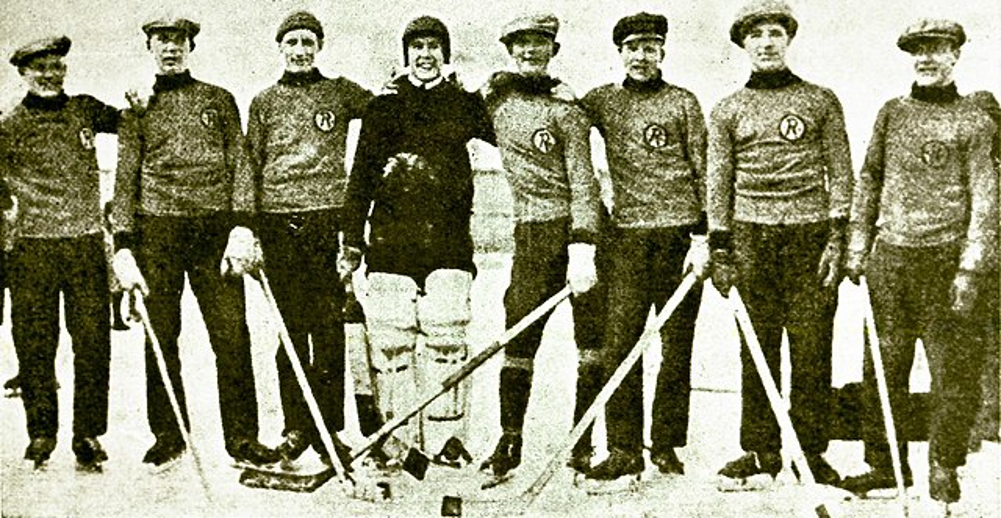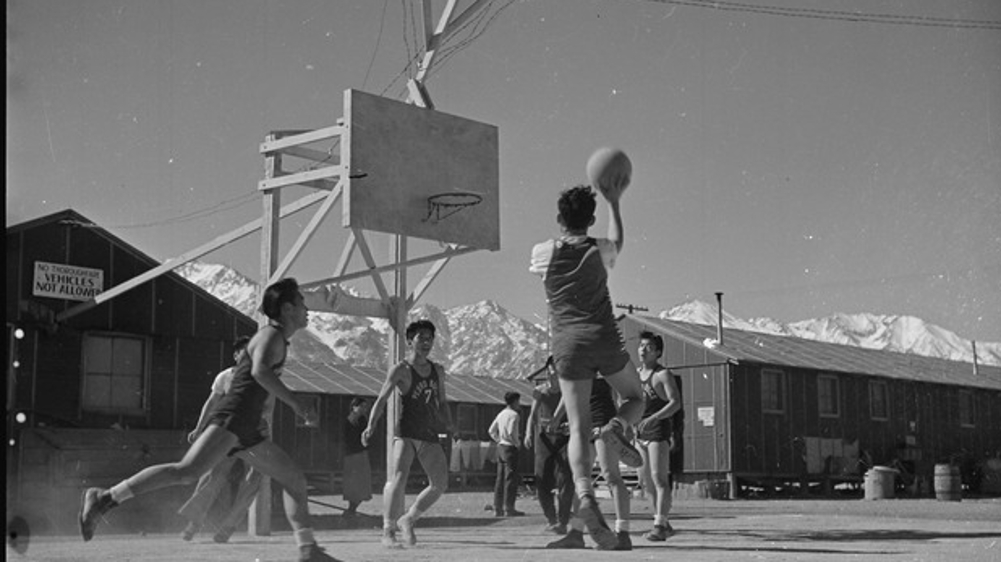John Stockton
Utah Jazz Basketball Team History
Our exploration begins in 1974, where the story unfolds in the heart of New Orleans. We'll witness the birth of the original "Jazz," a team named to celebrate the city's rich musical heritage. However, their journey in the Big Easy would be short-lived. In 1979, amidst financial struggles, the team would embark on a remarkable relocation, finding a new home in the unlikely city of Salt Lake City.
From the initial skepticism surrounding the arrival of a professional basketball team to the rapid blossoming of a devoted fanbase, we'll delve into the Jazz's early days in Utah. We'll meet the pioneers who laid the foundation for success, including coaches Frank Layden and Jerry Sloan, and iconic players like Adrian Dantley and Darrell Griffith.
As the team evolves, so will our journey. We'll witness the rise of the legendary duo of John Stockton and Karl Malone, whose unparalleled chemistry and relentless dedication propelled the Jazz to two NBA Finals appearances in the late 1990s. We'll analyze the impact of their innovative pick-and-roll style, forever etching their names in basketball history.
But the story doesn't end there. We'll navigate the post-Stockton-and-Malone era, exploring the team's continuous efforts to remain competitive in an ever-changing league. We'll analyze draft-day decisions, significant trades, and the rise of new stars like Deron Williams and Donovan Mitchell.
Throughout this series, we'll go beyond the final score. We'll explore the Jazz's impact on the Salt Lake City community, fostering a sense of local pride and building a lasting legacy beyond the court. We'll also delve into the team's strategic shifts, draft-day decisions, and the ever-evolving landscape of the NBA.
Pete Maravich The Pistol of Basketball
Collegiate Dominance:
Maravich's legend began at Louisiana State University (LSU), where he rewrote the NCAA record books. He averaged an astonishing 44.2 points per game across his three seasons, a record that still stands today. His dazzling ball-handling, no-look passes, and long-range shooting captivated audiences and made him a national sensation. He achieved numerous accolades, including being named a consensus All-American three times and winning the Naismith Award in 1970.
NBA Journey:
Drafted by the Atlanta Hawks in 1970, Maravich's professional career was a mixed bag. While he continued to display his remarkable scoring skills, averaging 24.2 points per game across 10 seasons, adjusting to the NBA's more physical style proved challenging. He clashed with coaches and struggled to find consistent team success, never reaching the NBA Finals.
Beyond the Statistics:
Maravich's impact extended far beyond statistics. He was a pioneer in the evolution of the game, popularizing the three-point shot and advocating for a faster, more open style of play. His influence went beyond the basketball court; he was a charismatic figure who inspired countless young players with his dazzling skill and passion for the game.
Legacy:
Despite some unfulfilled potential in the NBA, Maravich's legacy as a basketball innovator and one of the most gifted scorers to ever play the game remains unquestioned. He revolutionized the point guard position, inspiring generations of players with his dazzling skills and unwavering passion for the sport. His induction into the Naismith Memorial Basketball Hall of Fame in 1987 serves as a testament to his lasting impact on the game.
Born June 22, 1947, in Alquippa, Pennsylvania, was Naismith Memorial Basketball Hall of Fame Guard, Pete Maravich. Maravich is one of the best all-stime outside shooters in NBA history. He was a five-time All-Star and on the NBA 75th Anniversary team. He played on the Atlanta Hawks, New Orleans Jazz, Utah Jazz, and Boston Celtics.
Gail Goodrich and His Finesse and Fury of A Hall of Fame Legacy
Goodrich's basketball journey began in Los Angeles, where he honed his skills on the playgrounds before starring for UCLA under the legendary coach John Wooden. Playing alongside Walt Hazzard, Goodrich formed a dynamic duo that led the Bruins to their first two NCAA championships in 1964 (a perfect 30-0 season) and 1965. In the 1965 title game, Goodrich solidified his legacy by scoring a then-record 42 points against Michigan, cementing his reputation as a clutch performer.
Drafted by his hometown Los Angeles Lakers in 1965, Goodrich quickly transitioned to the professional level. While he shared the spotlight with the dominant center, Wilt Chamberlain, Goodrich's contributions were undeniable. He played a cerebral brand of basketball, utilizing his intelligence and court vision to create scoring opportunities for himself and his teammates. His quick release and ability to shoot from anywhere on the court earned him the nickname "Stumpy" despite his average height.
After three seasons with the Lakers, Goodrich was traded to the Phoenix Suns, a move that would prove to be a turning point for both player and team. He emerged as the Suns' scoring leader, captivating fans with his electrifying performances. His influence extended beyond the court; he played a pivotal role in establishing Phoenix as a legitimate contender and paved the way for future superstar point guards like Kevin Johnson and Jason Kidd.
In 1970, Goodrich made a triumphant return to the Lakers, reuniting with Chamberlain for another shot at the title. The 1971-72 season proved to be a golden year for the Lakers, with Goodrich emerging as the team's leading scorer. He played a pivotal role in their record-breaking 33-game winning streak and their eventual NBA championship victory. This cemented his status as a true champion, both in college and the professional ranks.
Goodrich's career continued for several years, playing for the Lakers and New Orleans Jazz (now Utah Jazz) until his retirement in 1979. He finished with impressive career averages of 18.6 points per game and was selected to five NBA All-Star Games. More importantly, he earned respect from coaches, teammates, and fans for his sportsmanship and intelligence on the court.
Gail Goodrich's legacy extends beyond his accolades. He was one of the first players to fully utilize the jump shot, paving the way for future shooting guards. His success with both UCLA and the NBA further blurred the lines between college and professional basketball, demonstrating the value of a balanced skillset at the highest levels. In 1996, Goodrich's basketball brilliance was recognized by his induction into the Naismith Memorial Basketball Hall of Fame.
John Stockton Career Highlights
The YouTube video of the best video highlights of John Stockton
Karl Malone Sets Scoring Milestone Record
This Date in NBA History - April 4, 1997 - Utah Jazz Power Forward, Number 32, Karl Malone became the first NBA player to find the 2,000-point plateau for 10 consecutive seasons as the Jazz rolled the Memphis Grizzlies 106-79.













